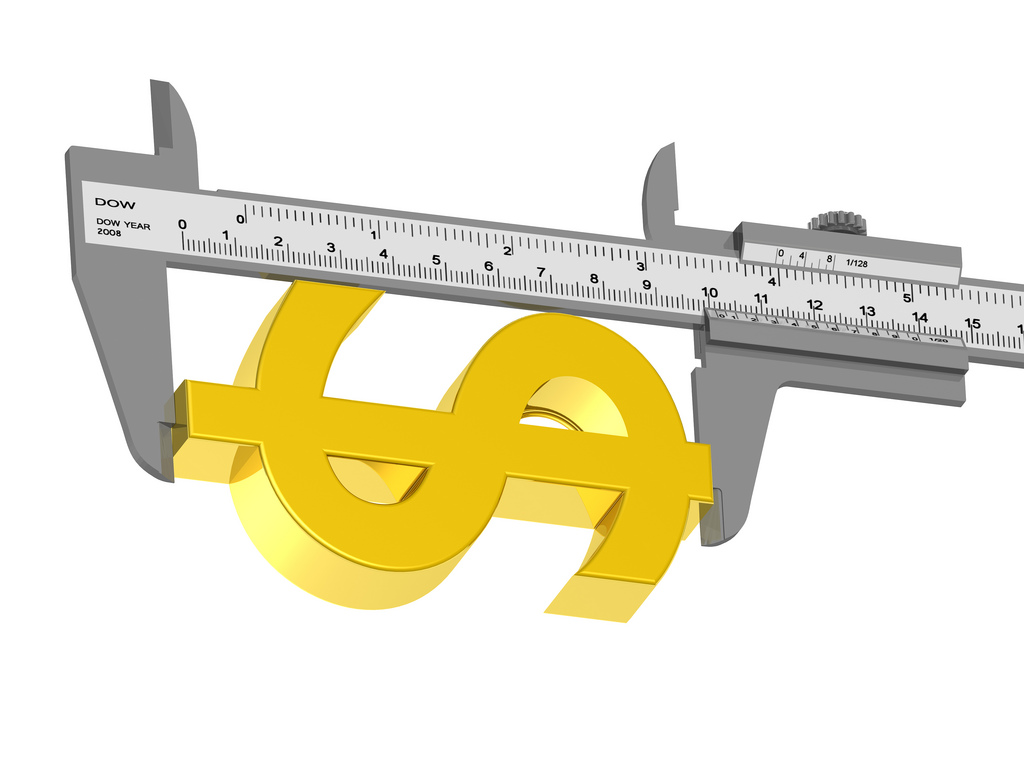Love them or fear them, the story of your Fundraising Program comes down to the numbers. As a Fundraiser, there’s increasing pressure to tell that story, not only internally, but also to be transparent to your stakeholders.
Not surprisingly, a good deal of what is useful in your Fundraising Stats is dependent on how you input the information into your database. Yes, you can put all of your transactions into an undifferentiated lump, but you miss out on important analyses that allow you to make data driven decisions regarding your future efforts. It’s also possible to go too far the other way and not only waste time entering your data, but also make it more difficult to access your information in a meaningful way when you need it.
Campaigns
This brings us to the fundamental concept of campaigns. Although there are different terms used in different databases, most have this concept. A campaign answers the question: “by what effort, on our part, did we receive these funds?”
Because your effort is what you have the most control over, it makes sense to differentiate the transactions on that basis to measure which efforts are working and which are sub-optimal. The level of detail is determined by the amount of time that you and your staff have. If you have limited resources, you may just need to know the gross revenue for a particular category.
As an example, you may have a series of events that you are putting on. Should you classify these just as event revenue? Or should you track all the way to the point of knowing which email, letter, or tweet brought in a registration for a specific event? There’s a lot of ground in between and at some point, you’ll have to decide what the best use of your time is, and what level of detail would actually cause you to change your program. Maybe it would be better to write two appeals rather than focus on what may be minor details.
Donor Pipeline
While donations do seemingly come out of the blue occasionally, often they are the result of a long standing relationship between that person and your organization. To capitalize on this, you need to be constantly adding new people to your database as prospects. Taking the number of prospects who became donors, divided by the number of prospects, will give you your conversion rate. The same dictum of balancing where you put your time applies here in the amount of detail that you would like to explore.
The Narrative
People not directly involved in your program need your insight to explain the trends in your program, hear what is working, and hear what your plans are for the future.A graph is just a set of numbers in a visual form. What it needs is someone to explain it. As a fundraiser, that job typically falls to you. Why was revenue up in 2012 when compared to 2011? Your database doesn’t know that there is an election going on (not yet anyway), but you know that is why revenue is up. By properly coding your data, you can find these answers not only for yourself, but share these answers with your key stakeholders.
If you’re a Databank client, you can find the webinar that I did yesterday on this topic in the Support Center.


 thedatabank, gbc is technology for change, and we walk the talk.
thedatabank, gbc is technology for change, and we walk the talk. 

